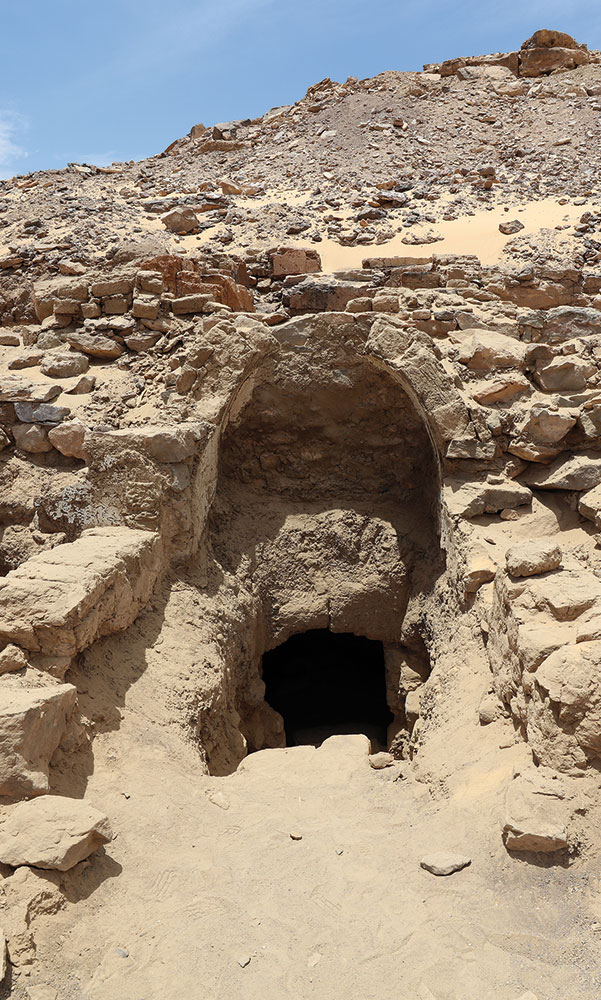ATHENS, GREECE—According to a Phys.org report, an international team of researchers from Simon Fraser University, the Greek Ministry of Culture, and the University of Bologna analyzed the chemical composition of collagen samples taken from human remains recovered from Franchthi Cave, a site that now overlooks Greece’s Bay of Koilada. The cave was occupied over a period of about 40,000 years. The remains in the study have been dated to the Mesolithic period, between 8700 and 8500 B.C., and the Neolithic period, between 6600 and 5800 B.C. Previous studies of human bones from the cave have indicated that its inhabitants consumed few marine resources. The new investigation employed high-resolution compound-specific isotope analysis of amino acids, and confirmed the results of previous studies, indicating that these individuals consumed a diet containing a lot of animal protein. The likely sources of this protein were sheep and sheep’s milk from animals that grazed along the shoreline. The researchers added that inhabitants may have eaten fish seasonally or occasionally, noting that the cave was located more than a mile from the coastline during the Mesolithic and Neolithic periods. But livestock and crops likely thrived on land now covered by Koilada Bay, they explained. Read the original scholarly article about this research in PLOS ONE. To read about cooking techniques used by hunter-gatherers living in Franchthi Cave, go to "Bon Appetit!"
Scientists Analyze Bones From Greece’s Franchthi Cave
News January 27, 2025

Recommended Articles
Letter from the Levant March/April 2025
On the Origin of the Pork Taboo
Exploring ancient people’s shifting beliefs about rearing and eating pigs
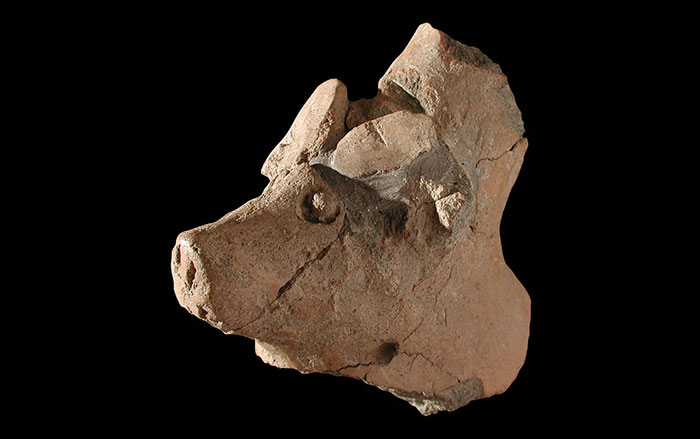
Features November/December 2024
Europe’s Lost Bronze Age Civilization
Archaeologists have discovered more than 100 previously unknown megasites north of the Danube
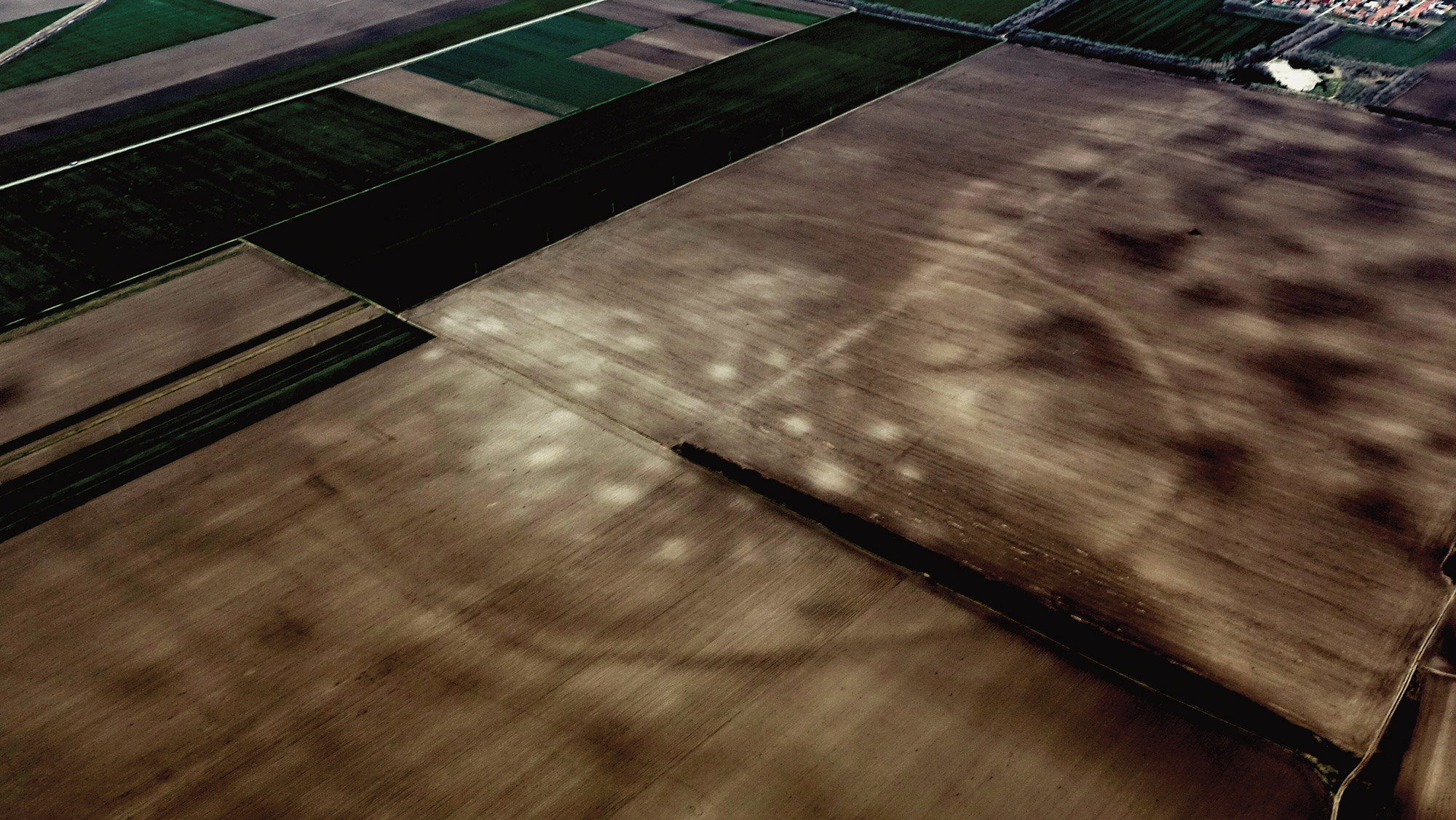
Digs & Discoveries September/October 2024
Cosmic Ray Calendar
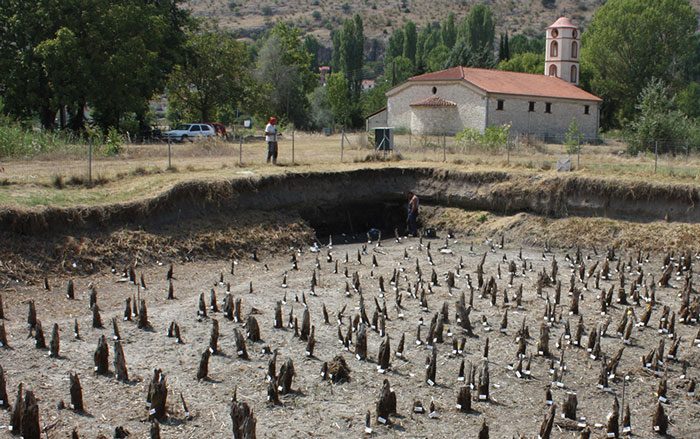
Digs & Discoveries January/February 2023
Farmers and Foragers
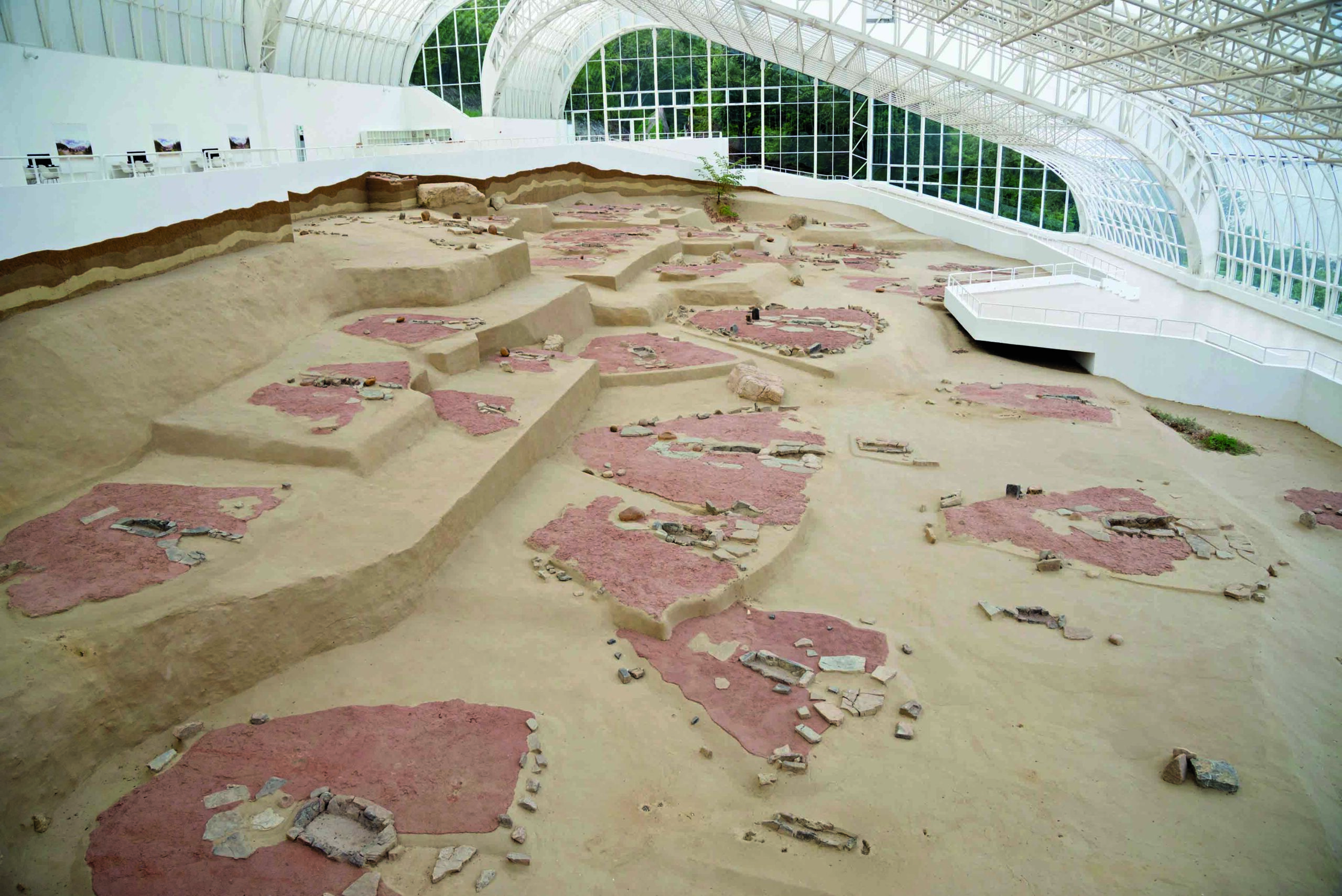
-
Features January/February 2025
Dancing Days of the Maya
In the mountains of Guatemala, murals depict elaborate performances combining Catholic and Indigenous traditions
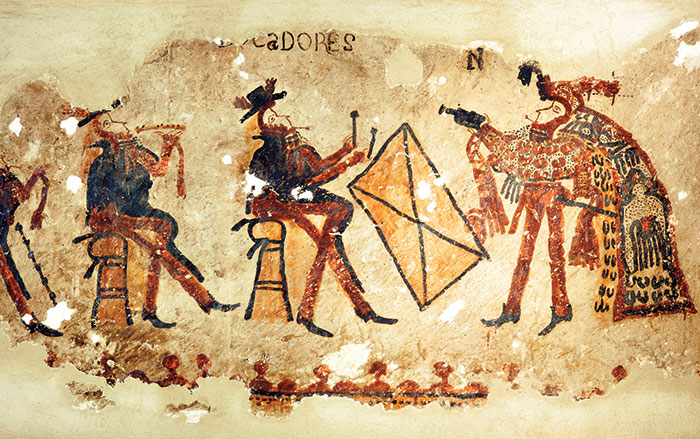 Photograph by R. Słaboński
Photograph by R. Słaboński -
Features January/February 2025
Unearthing a Forgotten Roman Town
A stretch of Italian farmland concealed one of the small cities that powered the empire
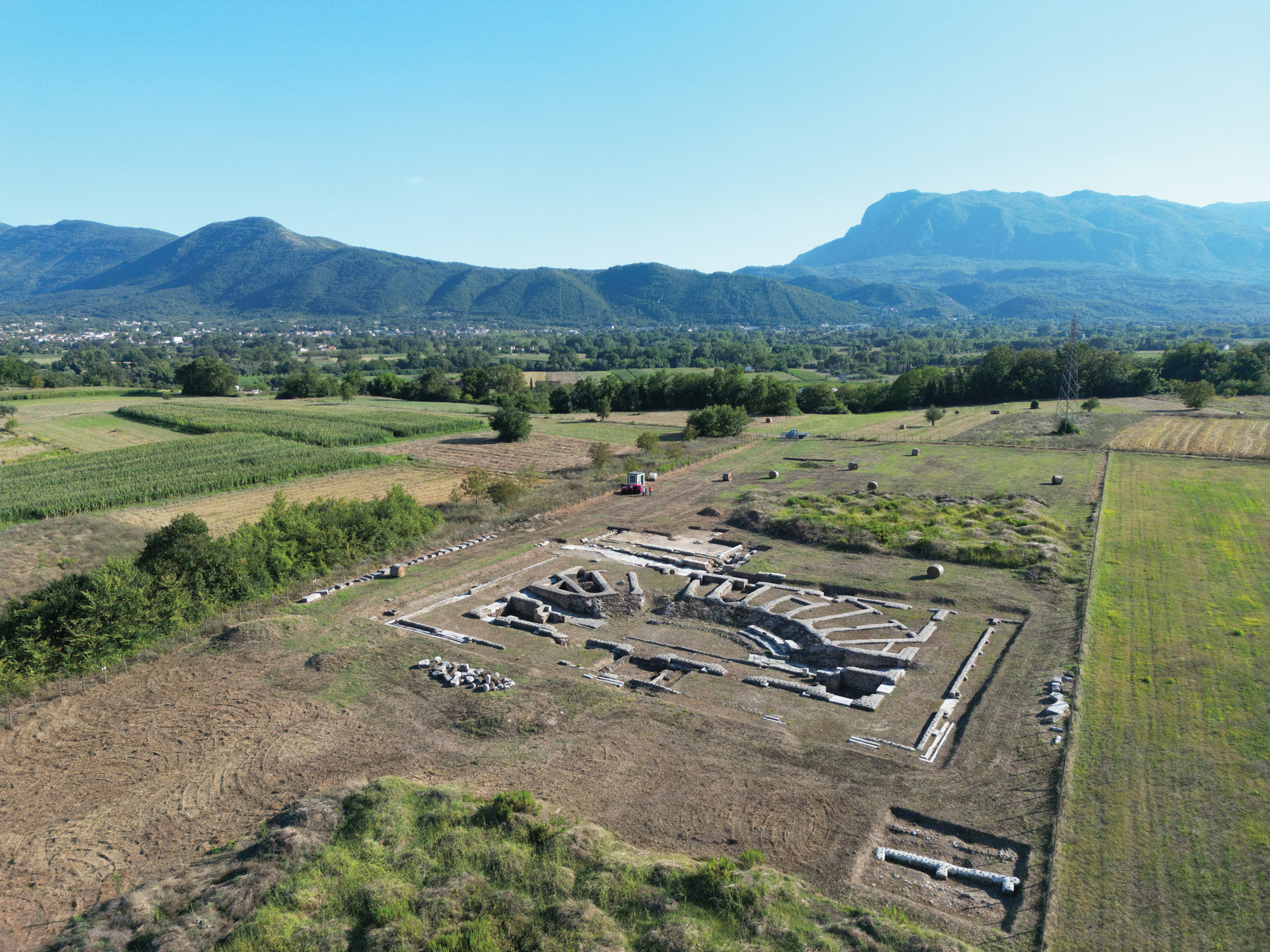 Photo Courtesy Alessandro Launaro
Photo Courtesy Alessandro Launaro -
Features January/February 2025
Medieval England’s Coveted Cargo
Archaeologists dive on a ship laden with marble bound for the kingdom’s grandest cathedrals
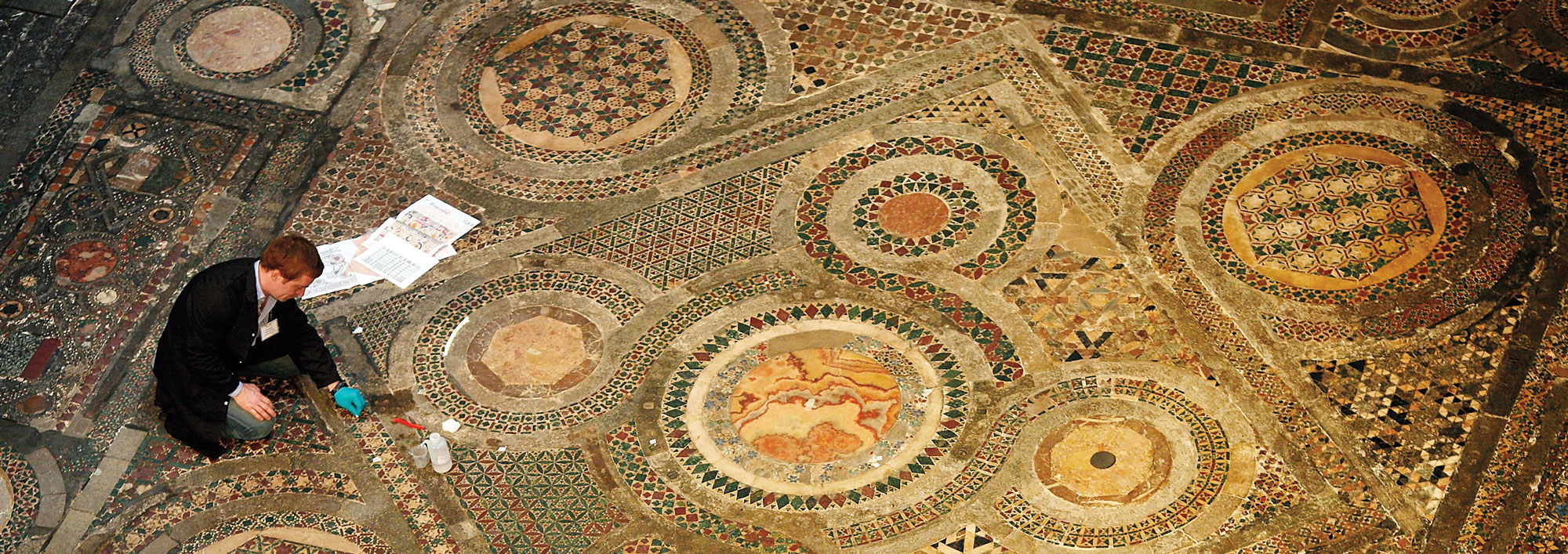 Peter Macdiarmid/Getty Images
Peter Macdiarmid/Getty Images -
Features January/February 2025
Lost Greek Tragedies Revived
How a scholar discovered passages from a great Athenian playwright on a discarded papyrus
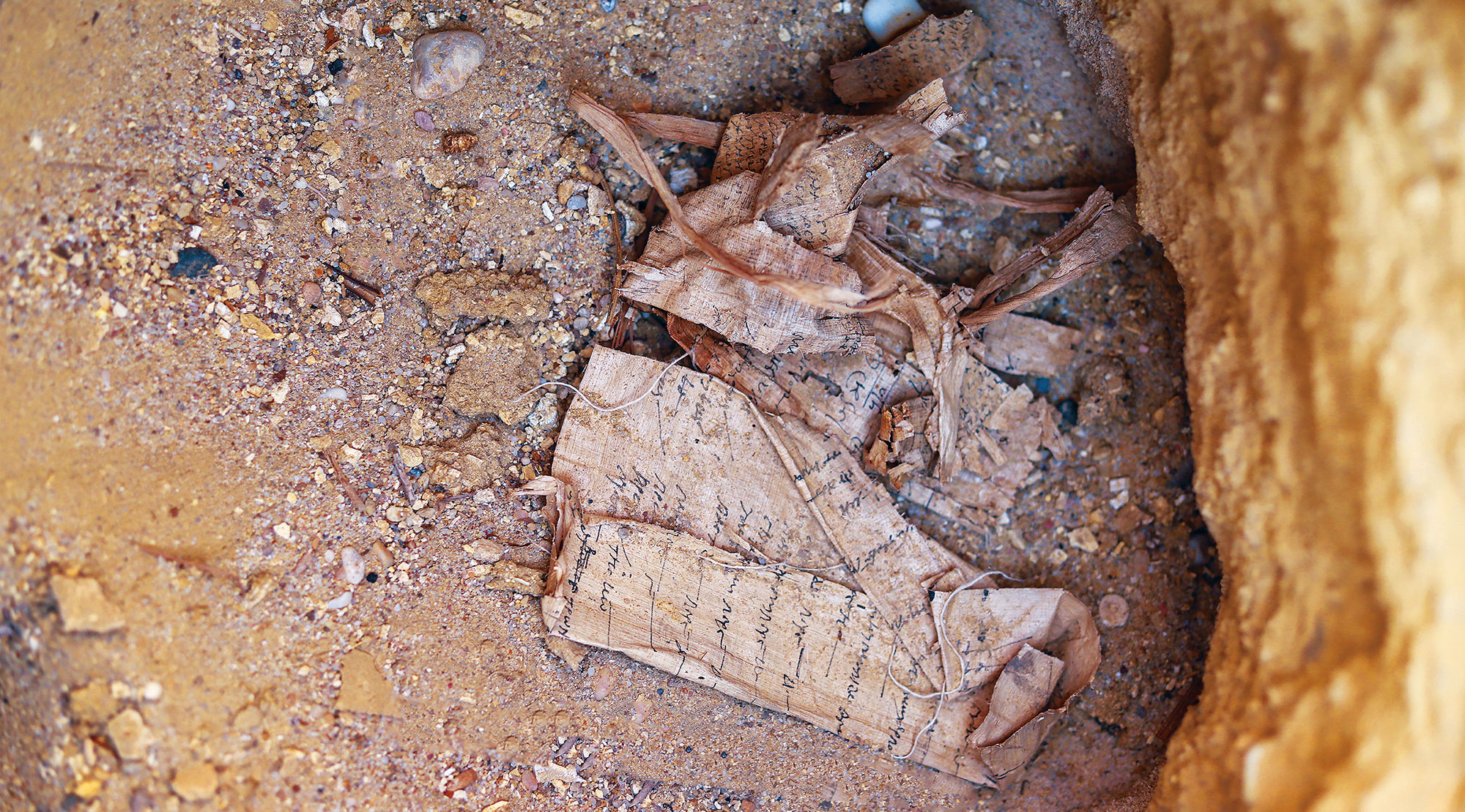 Egyptian Ministry of Tourism and Antiquities
Egyptian Ministry of Tourism and Antiquities



